Printmaking has long been a playground for artists seeking to explore and expand their creative boundaries. While traditional methods like etching and woodcut are well-known, there are lesser-known techniques that offer fresh perspectives. These unconventional methods push the limits of printmaking, allowing artists to experiment with texture, light, and material in unexpected ways. They challenge the norms and inspire innovative works that captivate the imagination.
Cyanotype Printing
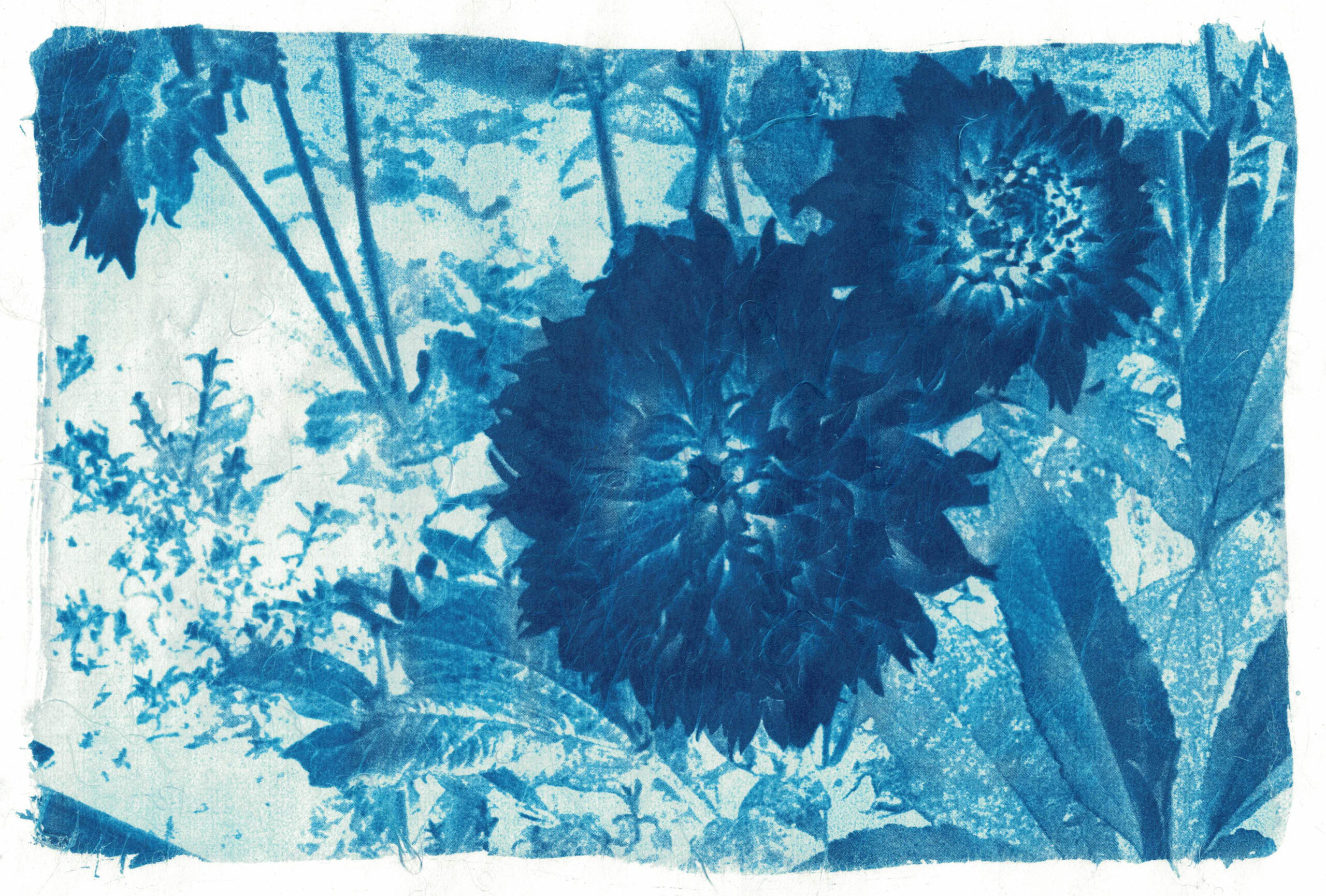
Cyanotype printing uses sunlight to create stunning blue-and-white images. Artists coat paper with light-sensitive chemicals, place objects or negatives on it, and expose it to UV light. The areas exposed to light turn blue, while covered areas remain white. This simple process produces high-contrast images with a unique, ethereal quality. Originally used for blueprints, cyanotype has become a favorite among artists for its distinct look. The results are often mesmerizing, capturing fine details in a rich, deep blue hue.
Mokulito (Wood Lithography)
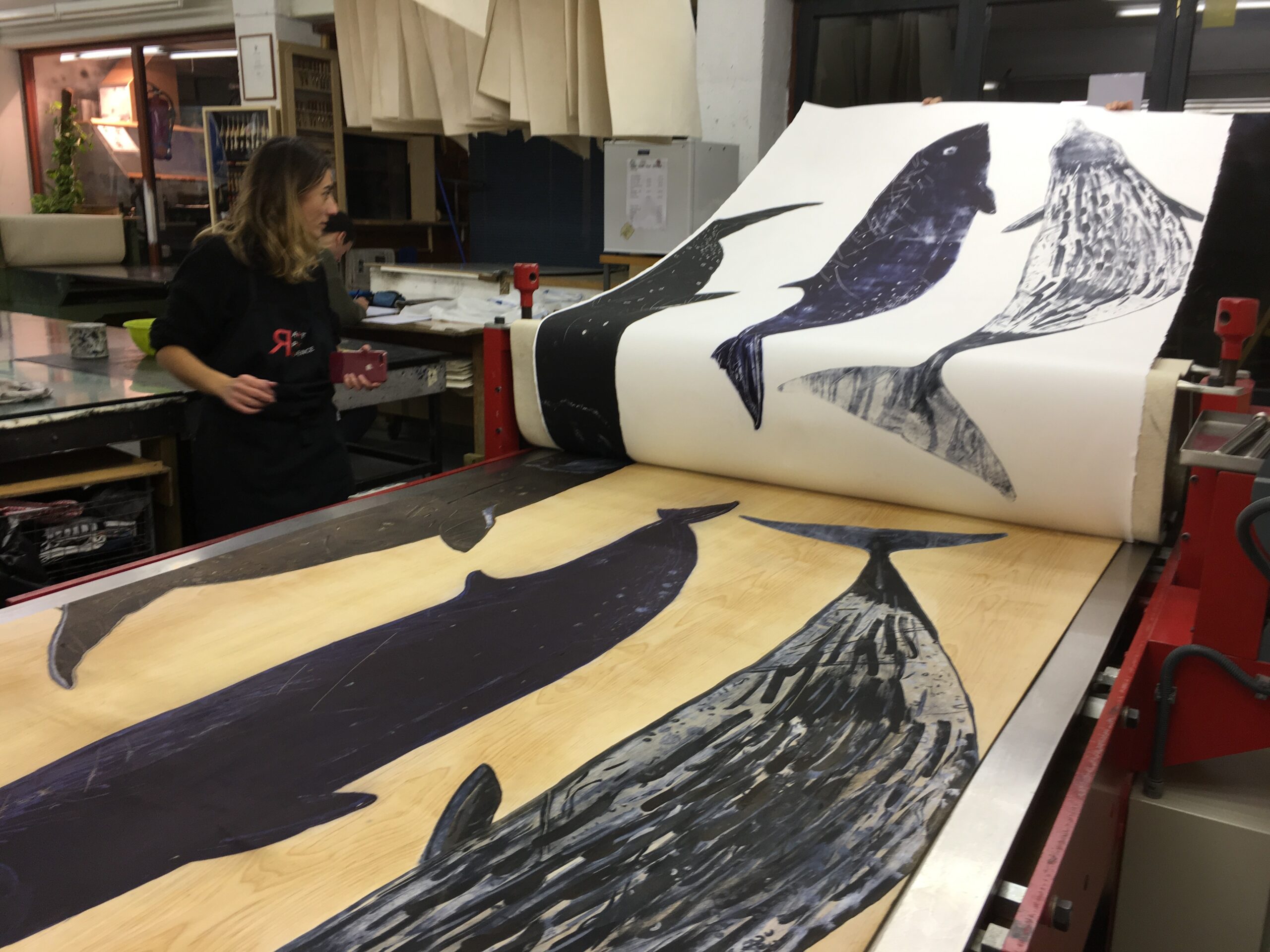
Mokulito, also known as wood lithography, combines the techniques of lithography and woodcut. Artists draw directly on a plywood surface with greasy mediums, then use water and ink to print the image. The wood grain adds texture and character, giving each print a unique feel. Unlike traditional lithography, Mokulito is less predictable, which allows for spontaneous and expressive results. The method embraces imperfection, making it ideal for artists who enjoy experimenting with texture and tone. Its hybrid nature creates prints that are both raw and refined.
Collagraph Printing
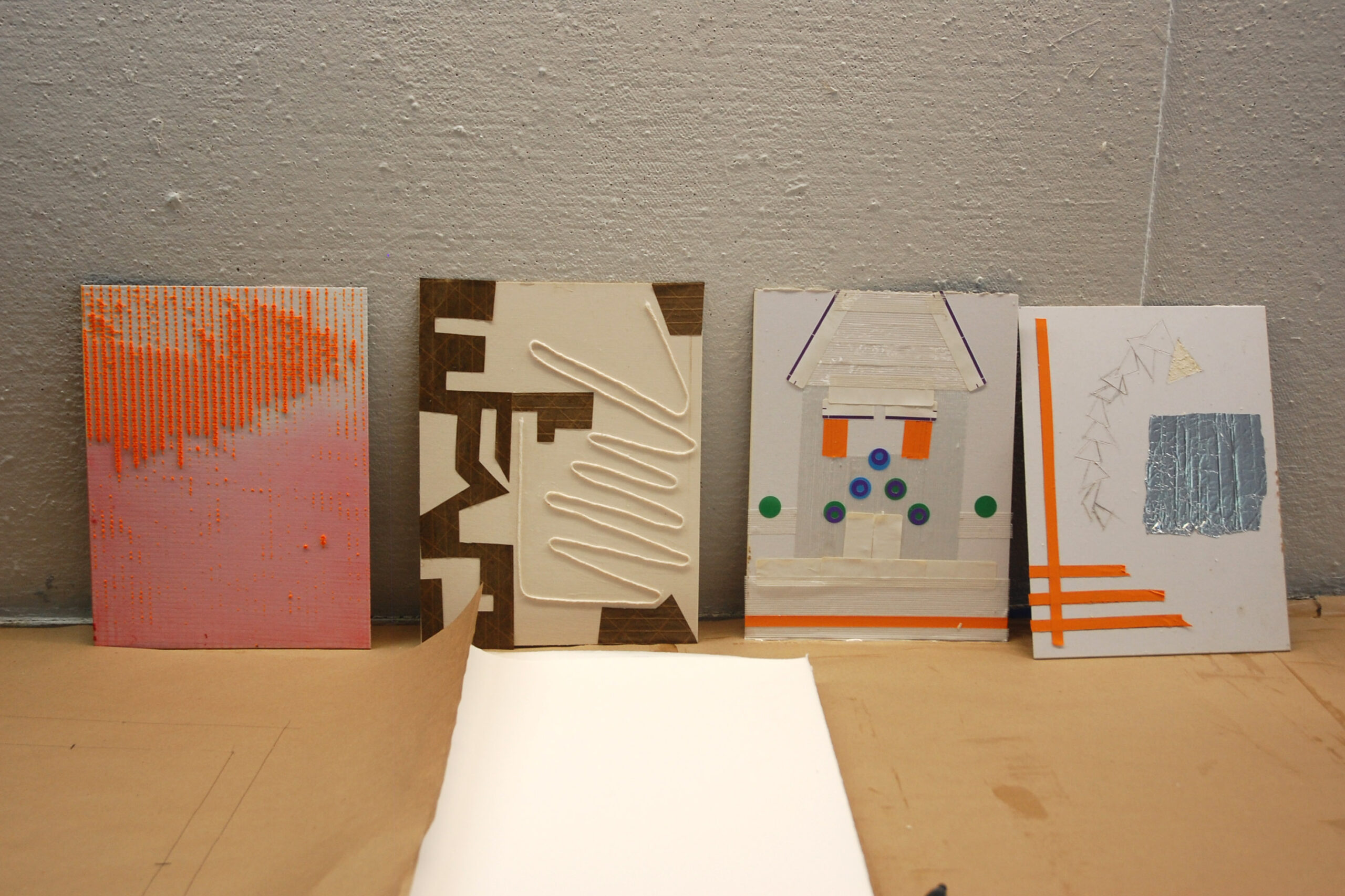
Collagraph printing involves building a printing plate with various textured materials. Artists glue fabrics, papers, or found objects onto a base plate, then ink it up and print. The process creates rich, tactile surfaces with a variety of textures and depths. It’s a highly versatile technique that can produce both bold and subtle effects. The final print captures the intricate details of the materials used, resulting in a dynamic and multi-layered image. Collagraphy offers endless possibilities for experimentation and creativity.
Fumage (Smoke Printing)
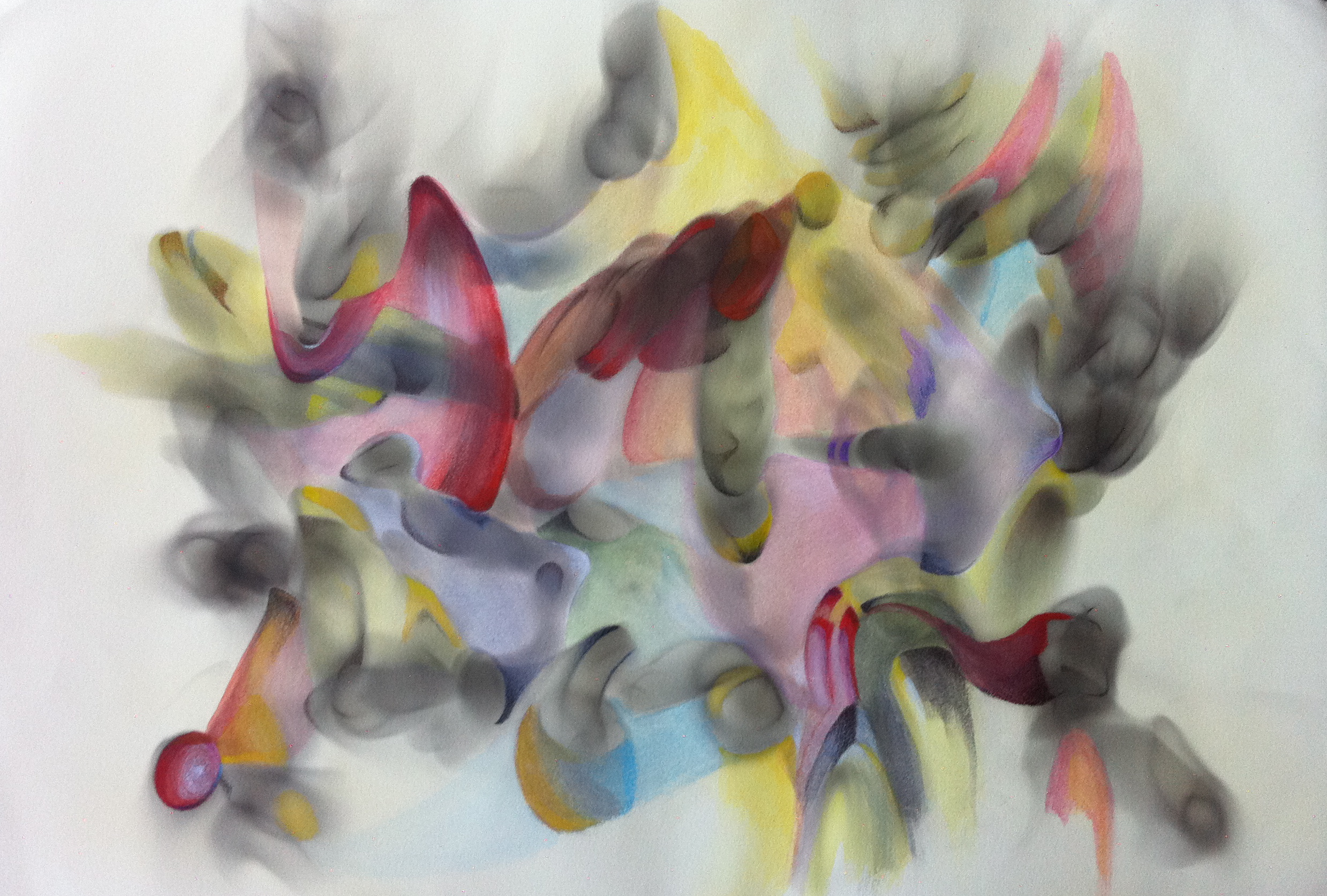
Fumage, or smoke printing, uses the soot from a flame to create ghostly images. Artists hold a flame beneath paper or another surface, allowing the smoke to leave a delicate residue. The resulting marks can be subtle or dramatic, depending on the artist’s control. This technique is unpredictable and requires a delicate touch. It’s often used in combination with other methods to add texture and depth to prints. Fumage captures the ephemeral nature of smoke, creating images that appear to float on the surface.
Mezzotint
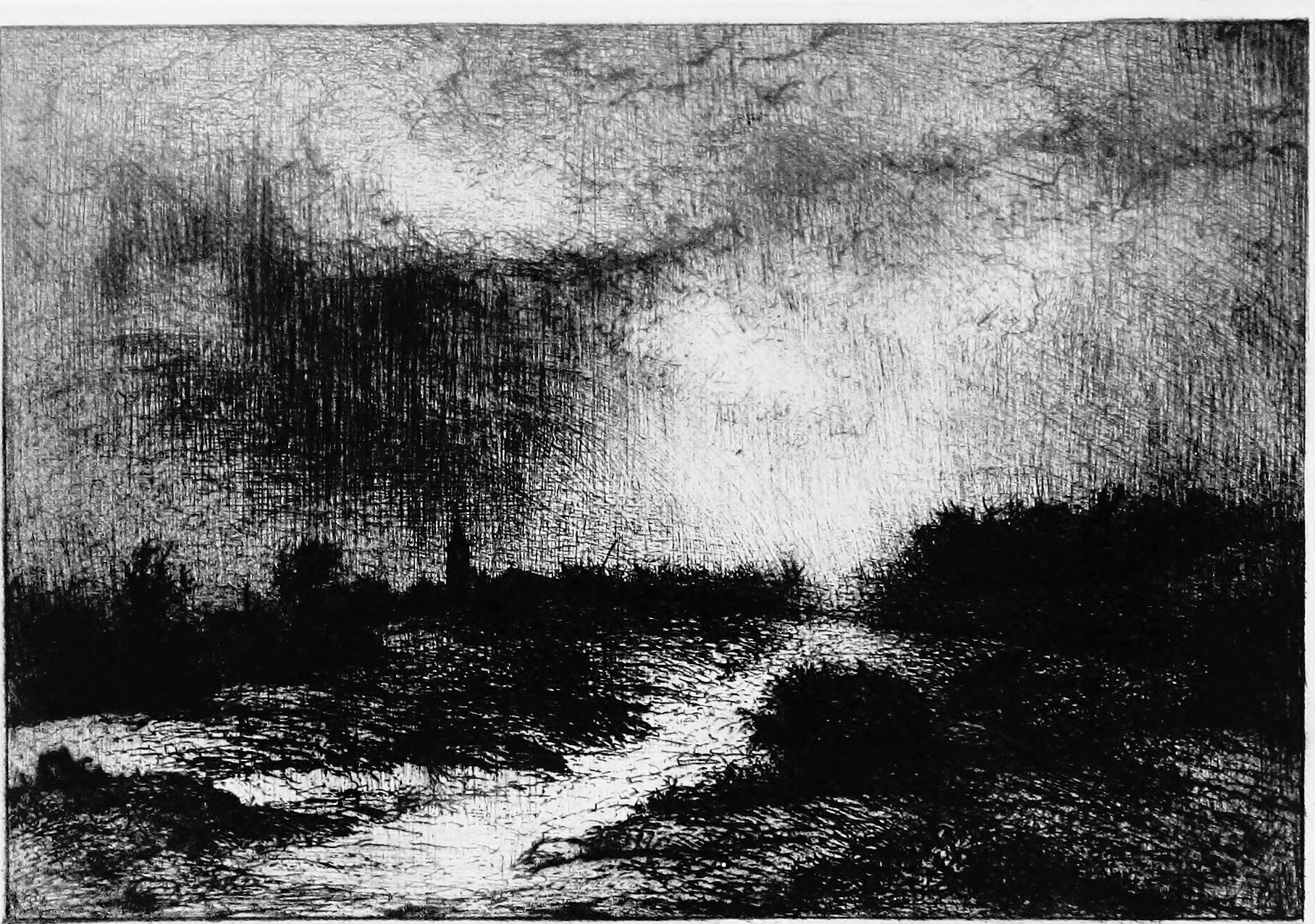
Mezzotint is a labor-intensive process that creates rich, velvety tones. Artists use a rocker tool to roughen a metal plate, which is then smoothed in areas where light is desired. The technique allows for a wide range of tonal values, from deep blacks to bright whites. Mezzotint is prized for its ability to produce subtle gradations of light and shadow. Each print has a distinctive softness and depth that’s difficult to achieve with other methods. The process is time-consuming but offers stunning results that are worth the effort.
Screenprint with Photographic Emulsion
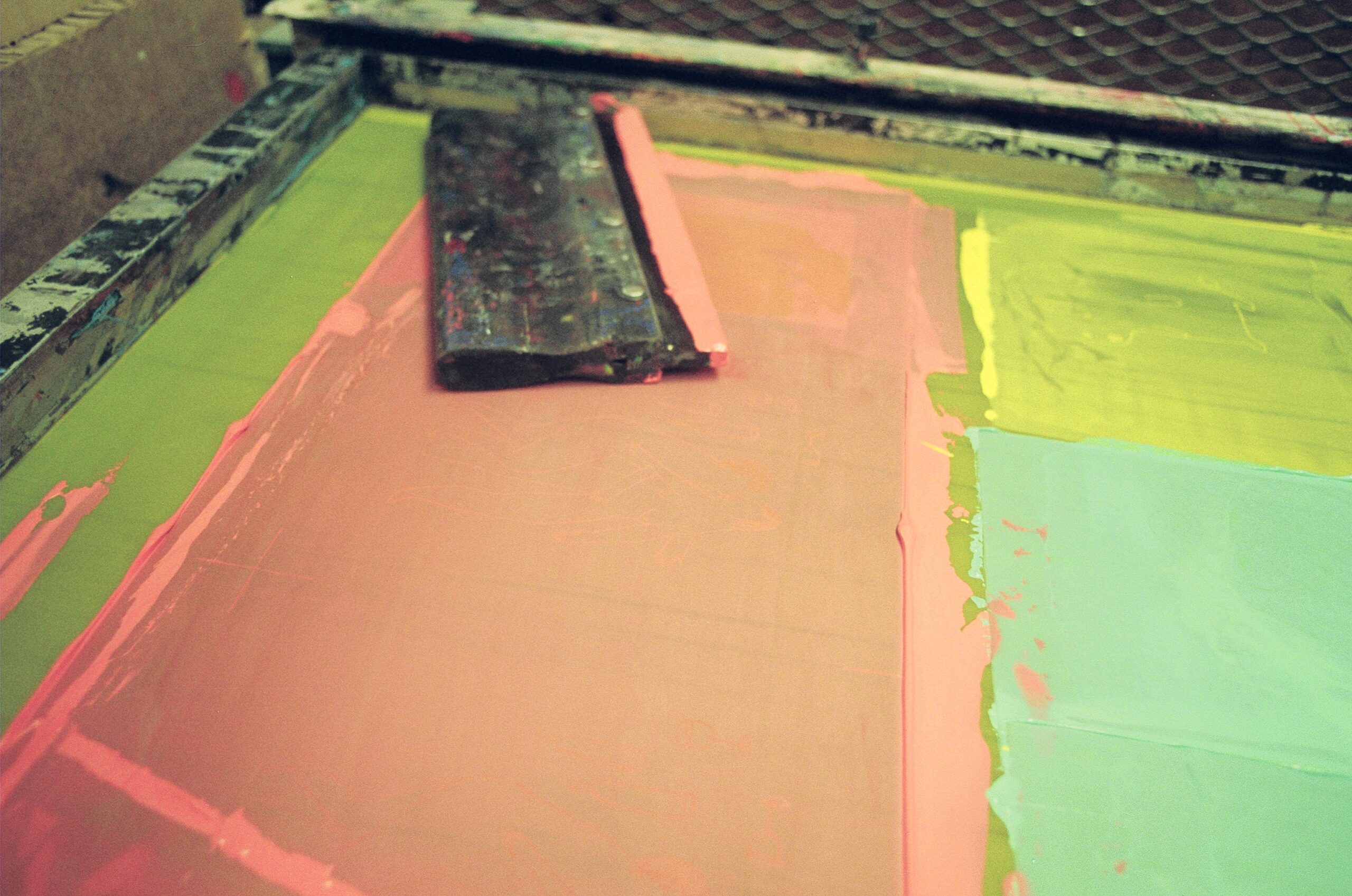
Screenprinting with photographic emulsion combines traditional screenprinting with photography. Artists coat a screen with light-sensitive emulsion, then place a photographic image on top. The screen is exposed to UV light, hardening the emulsion where the image appears. After washing away the unexposed emulsion, the screen is ready for printing. This technique allows for detailed and intricate images to be transferred onto various surfaces. The results are sharp and precise, making it a favorite for combining photography with printmaking. The process opens up endless possibilities for creativity and experimentation.
Nature Printing
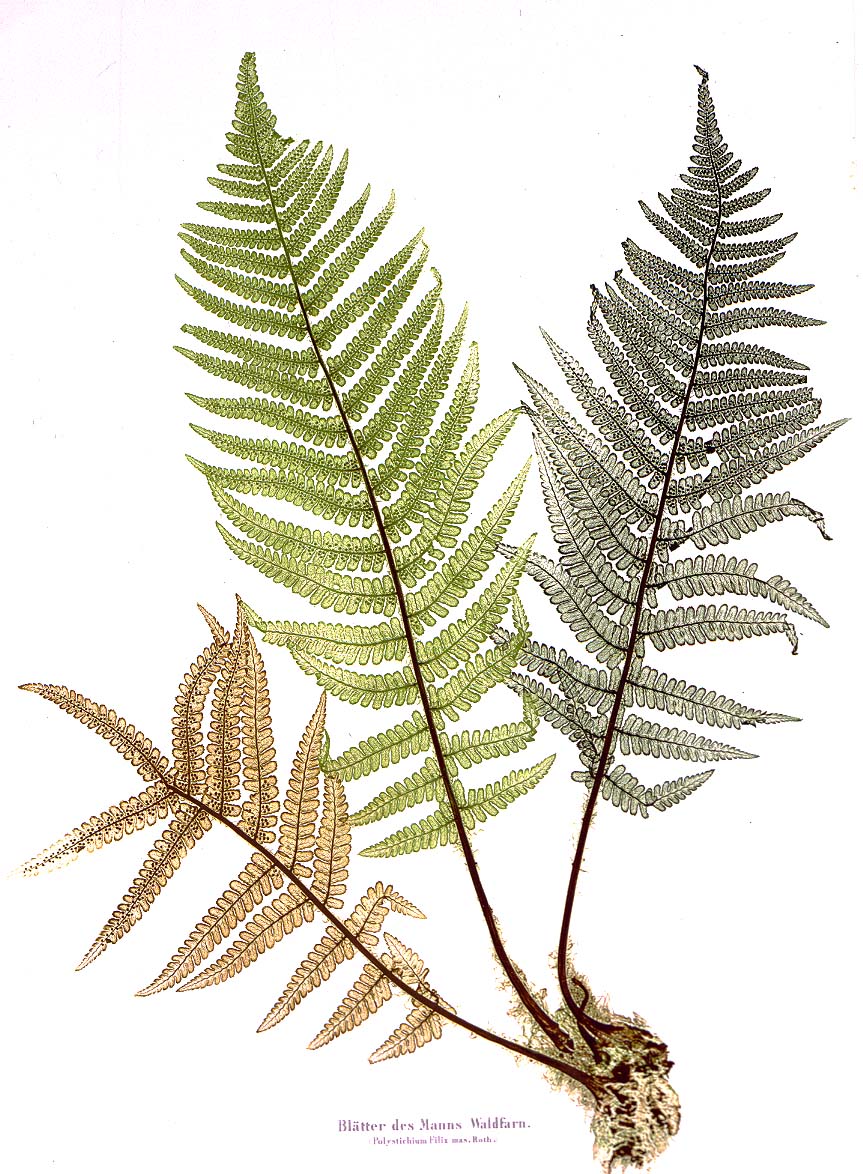
Nature printing captures the intricate details of natural objects directly onto paper. Artists use leaves, flowers, or other organic materials as printing plates. Ink is applied to the object, which is then pressed onto paper, transferring its texture and form. This method highlights the unique patterns and structures found in nature. Each print is one-of-a-kind, reflecting the individuality of the natural elements used. Nature printing creates beautiful, delicate images that celebrate the organic world. The technique is simple yet powerful, offering a direct connection to the environment.
Xerox Lithography
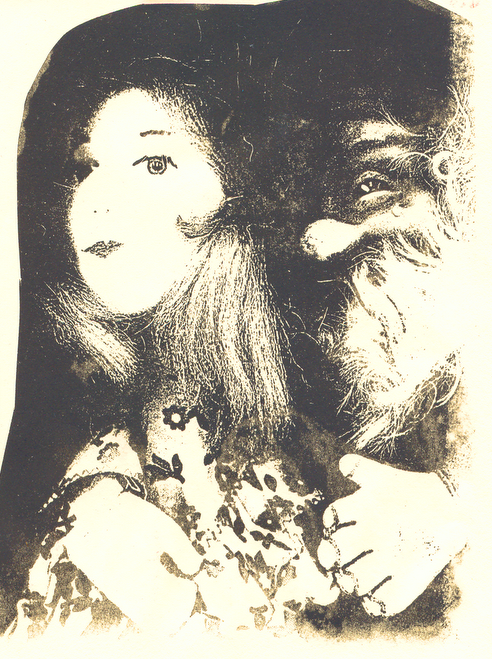
Xerox lithography uses photocopied images as the basis for lithographic prints. Artists start by creating or selecting an image and photocopying it onto a special paper. This paper is then treated and used to transfer the image onto a lithographic plate. The process allows for easy reproduction of images with a unique, grainy texture. Xerox lithography is accessible and versatile, blending the mechanical with the artistic. The technique often results in prints with a retro or abstract quality, making it popular for experimental works.
Photogravure

Photogravure is a process that combines photography with traditional etching. Artists begin by transferring a photographic image onto a metal plate coated with light-sensitive gelatin. The plate is then etched with acid, creating grooves that hold ink. When printed, the image has a rich, continuous tone with fine details. Photogravure is valued for its ability to produce high-quality, archival prints. The technique requires precision and skill, resulting in images that are both detailed and expressive.
This article originally appeared on Rarest.org.
More from Rarest.org
17 Top-Paid Players in Major League Baseball

In Major League Baseball, the highest-paid players are earning staggering amounts, reflecting their immense talent and marketability. Read More.
21 Rare and Fascinating Mammals Found in Remote Jungles
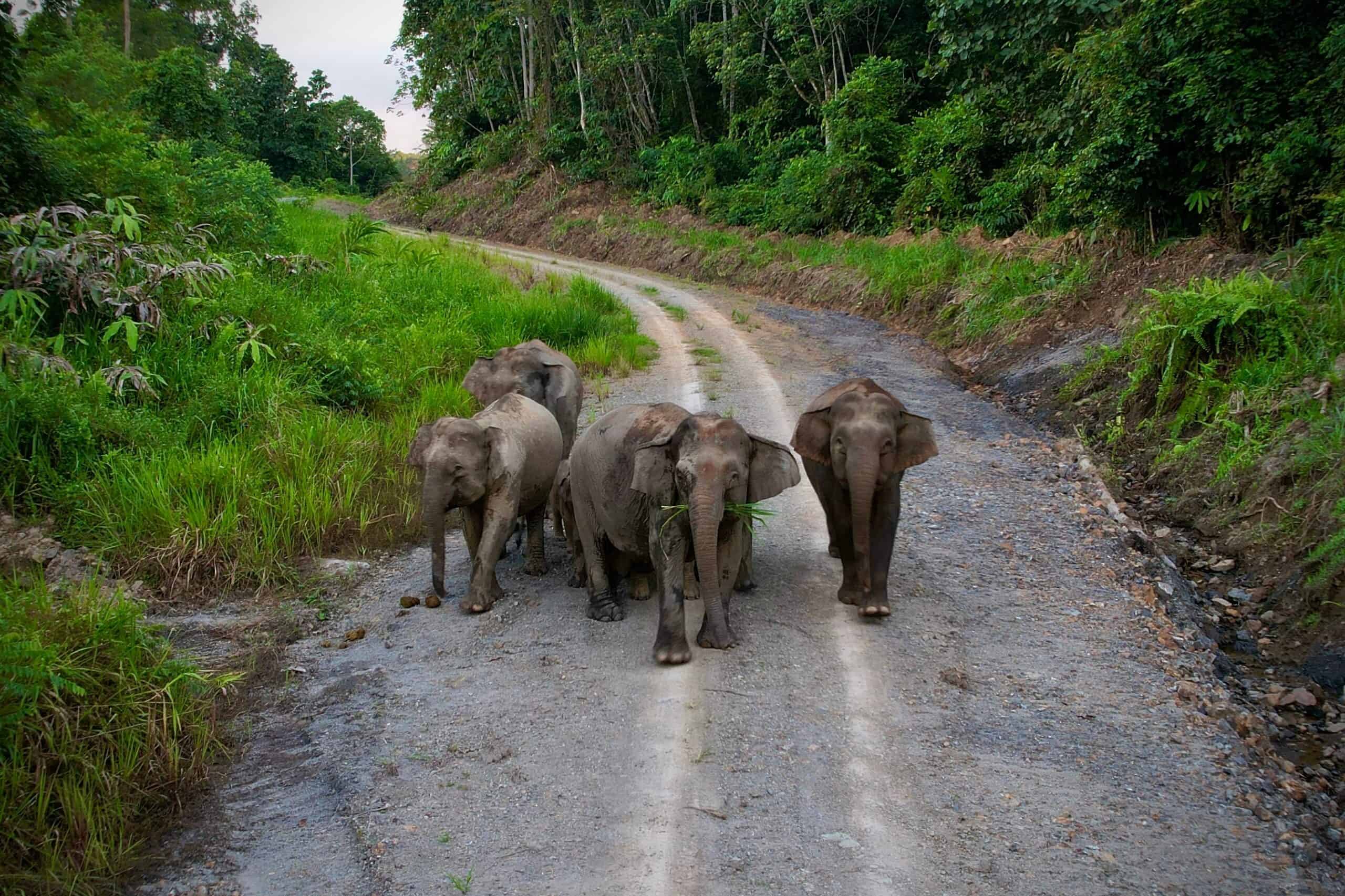
Exploring the dense, untouched jungles reveals some of the world’s most elusive mammals. These rare creatures often remain hidden, blending seamlessly into their environment. Read More.
16 Colorful Wildflowers Native to Desert Landscapes
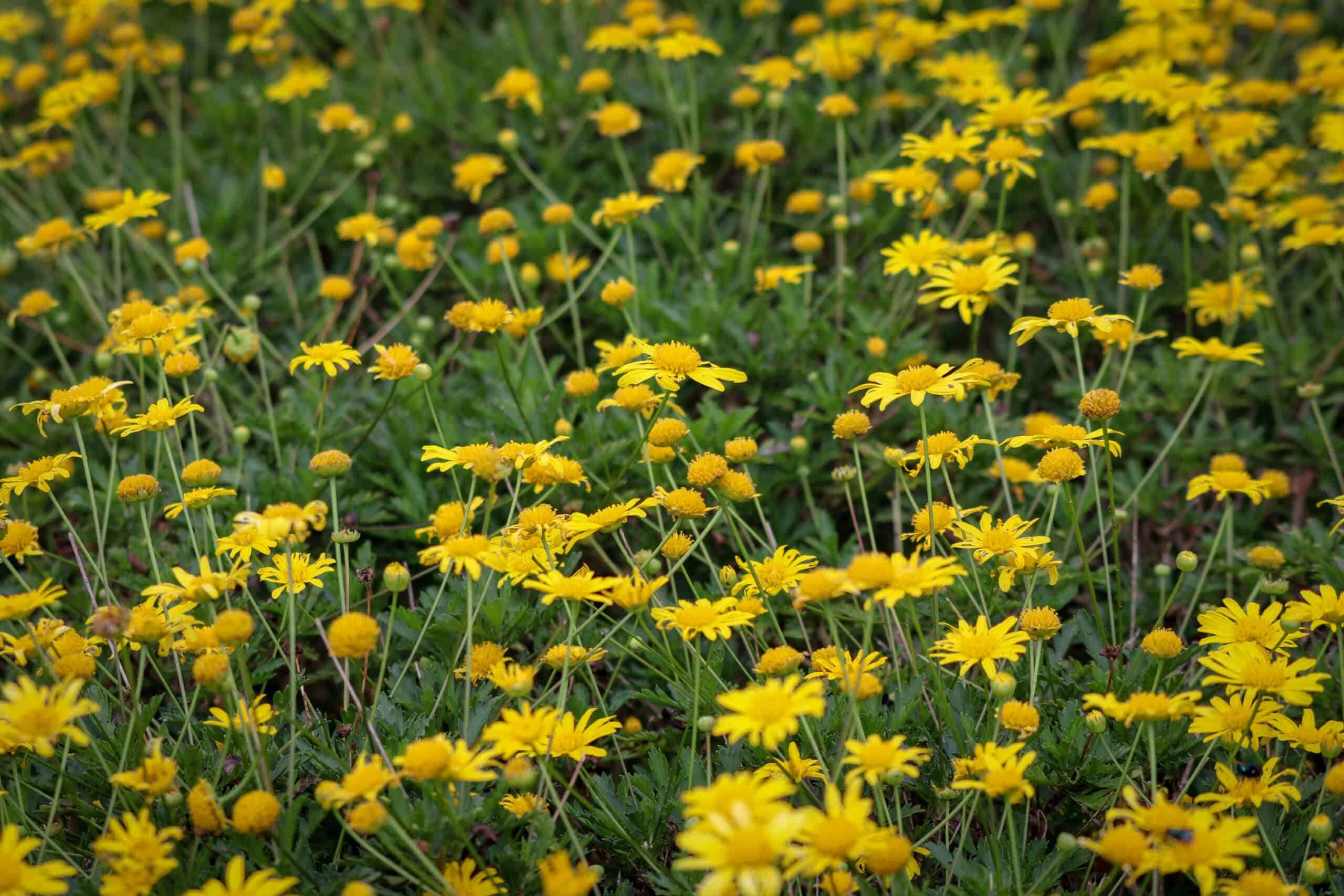
Desert landscapes are often seen as barren and lifeless, but they are home to some of the most vibrant and resilient wildflowers. Read More.
